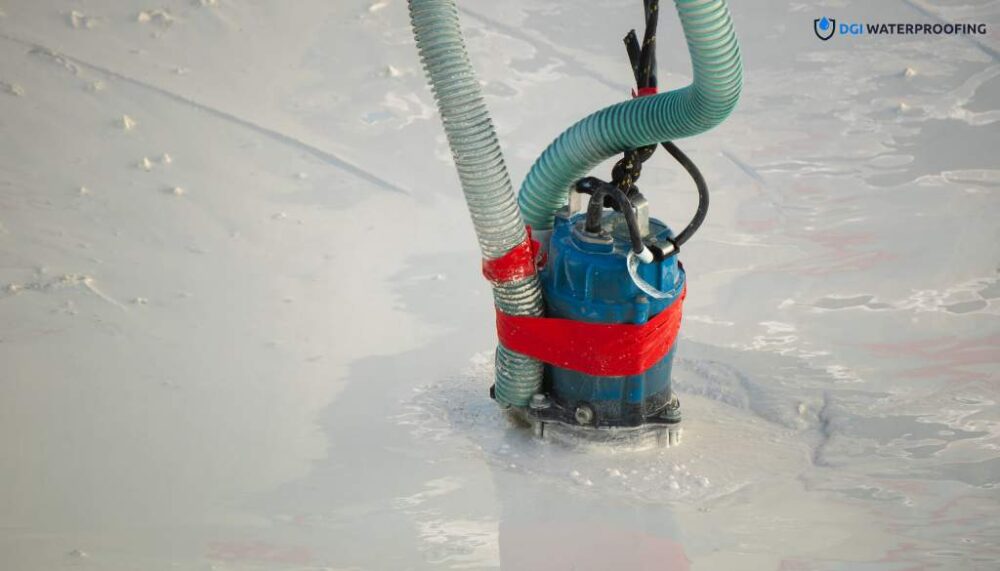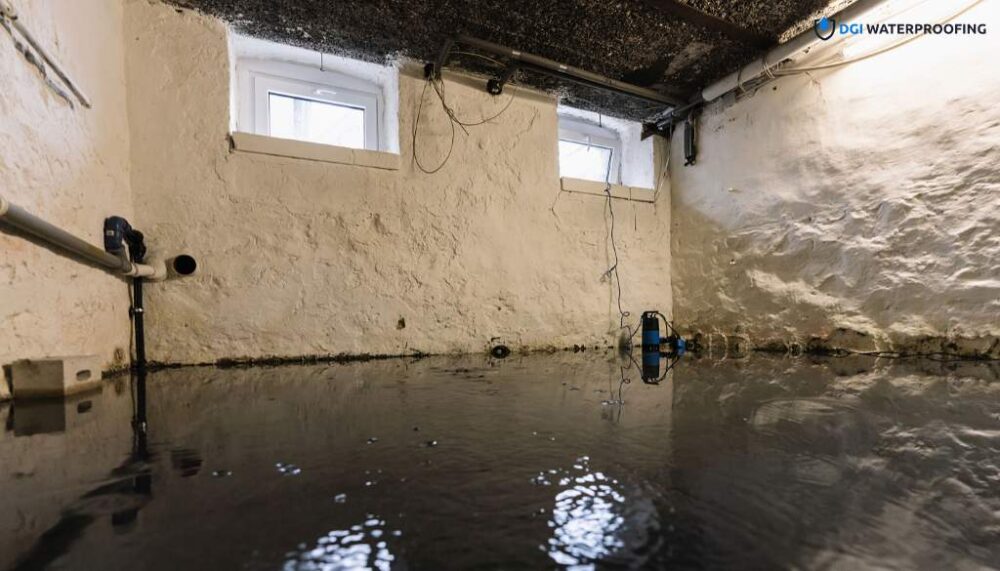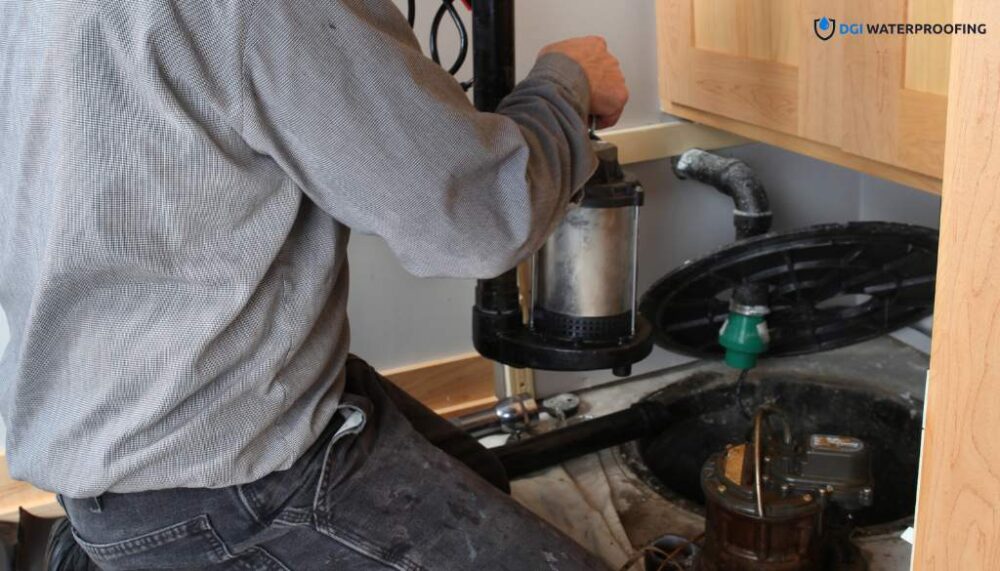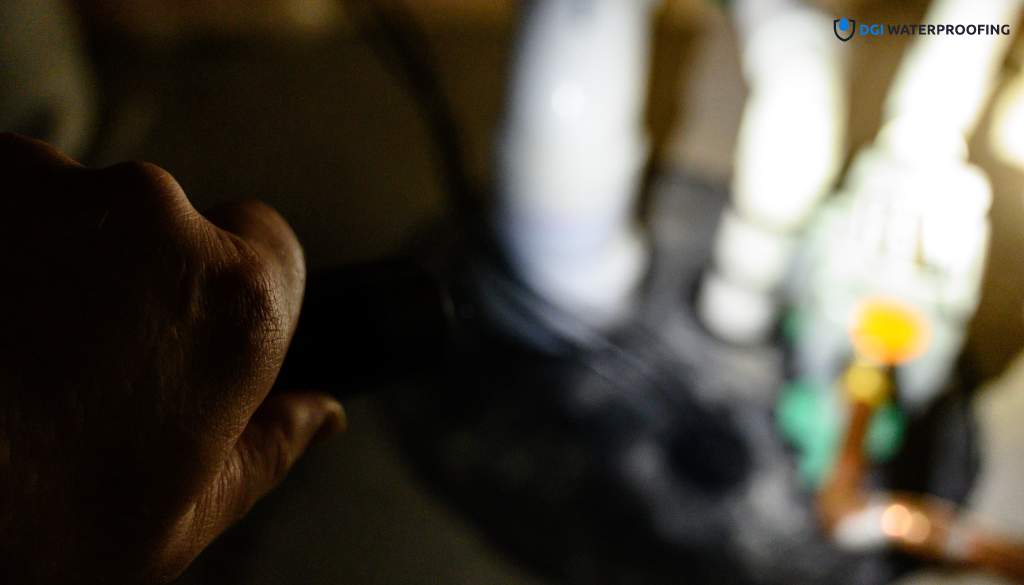Backup Sump Pumps: Why Every Homeowner Needs One and How to Choose the Best
Imagine a heavy rainstorm hits, and suddenly, your power goes out. Your main sump pump, which has been diligently keeping your basement dry, stops working. Water starts to seep in, and before you know it, you’re dealing with a flooded basement. This scenario is every homeowner’s nightmare, but it can be easily avoided with a backup sump pump.
Why Every Homeowner Needs a Backup Sump Pump
The Unreliability of Power Supply
One of the main reasons you need a backup sump pump is the unreliability of power during severe weather. Heavy rainstorms, which often cause flooding, are also the times when power outages are most likely. A main sump pump relies on electricity, and if it fails due to a power outage, your basement is left unprotected.
Mechanical Failures
Even installing the best sump pumps can fail. Mechanical issues like switch malfunctions, motor failures, or clogging can render your primary pump useless. A backup sump pump ensures that even if the main pump fails, your basement remains dry.
Peace of Mind
Having a backup sump pump gives you peace of mind. You can rest easy knowing that your home is protected against flooding, no matter what happens. This added layer of security is invaluable, especially if your area is prone to heavy rains or flooding.

Types of Backup Sump Pumps
Battery-Powered Backup Sump Pumps
Battery-powered sump pumps are the most common type of backup system. They operate on a rechargeable battery, kicking in automatically when the main pump fails or the power goes out.
Pros:
- Automatically activates during a power outage.
- Provides hours of protection, depending on the battery capacity.
- Easy to install and maintain.
Cons:
- Limited runtime depending on battery size and charge.
- Batteries need regular maintenance and replacement.
Water-Powered Backup Sump Pumps
Water-powered sump pumps use the pressure from your home’s water supply to operate. These pumps don’t rely on electricity or batteries, making them a reliable option.
Pros:
- Unlimited runtime as long as water pressure is maintained.
- No need for batteries or electricity.
- Lower maintenance compared to battery-powered systems.
Cons:
- Requires a municipal water supply with adequate pressure.
- Not suitable for homes with well water.
- It can be less efficient than battery-powered pumps.

Choosing the Best Backup Sump Pump for Your Home
Assessing Your Needs
The first step in choosing a backup sump pump is assessing your specific needs. Consider the following factors:
- Frequency of Power Outages: If your area frequently experiences power outages, a battery-powered backup with a high-capacity battery may be the best option.
- Water Source: If you have a reliable municipal water supply with good pressure, a water-powered pump could be ideal.
- Budget: Determine your budget, keeping in mind that while water-powered pumps might have a higher upfront cost, they often require less ongoing maintenance.
Compatibility with Your Main Pump
Ensure that the backup pump you choose is compatible with your main sump pump system. Most backup systems are designed to work alongside standard primary pumps, but it’s always good to double-check.
Installation Considerations
While some backup sump pumps can be installed as a DIY project, others might require professional installation. If you’re not comfortable with plumbing and electrical work, it’s best to hire a professional waterproofing contractor to ensure the system is installed correctly.
Installing a Backup Sump Pump
Step-by-Step Guide
- Choose the Right Location:
- Place the backup pump next to your primary sump pump in the sump pit. Ensure there is enough space for both pumps to operate without interference.
- Connect the Discharge Pipe:
- Connect the discharge pipe from the backup pump to the existing discharge line or install a separate discharge line. Use check valves to prevent backflow.
- Install the Battery (if applicable):
- For battery-powered pumps, install the battery in a safe, dry location near the sump pit. Connect the pump to the battery according to the manufacturer’s instructions.
- Test the System:
- Once installed, test the backup pump to ensure it operates correctly. Simulate a power outage to see if the pump activates as expected.

Professional Installation
While installing a backup sump pump can be straightforward, hiring a professional ensures the job is done right. Professionals can handle complex installations, ensure all connections are secure, and provide maintenance tips to keep your system running smoothly.
Maintaining Your Backup Sump Pump
Regular Inspections
Regular inspections are key to ensuring your backup sump pump is ready when needed. Check the system every few months and after heavy storms. Look for signs of wear, corrosion, or damage.
Battery Maintenance
For battery-powered systems, battery maintenance is crucial. Check the battery’s charge level regularly and replace it every 3-5 years or as recommended by the manufacturer. Consider using a deep-cycle battery for longer runtime and reliability.
Cleaning and Testing
Keep the sump pit clean and free of debris that could clog the pumps. Test both the primary and backup pumps regularly by pouring water into the sump pit and ensuring both pumps activate and discharge water properly.
Investing in a backup sump pump is a smart move for any homeowner. It provides an essential safety net during power outages and mechanical failures, ensuring your basement stays dry and protected. Whether you choose a battery-powered or water-powered system, the peace of mind of knowing your home is safeguarded is invaluable.
At DGI, we specialize in sump pump installation and sump pump maintenance. Our team of experts can help you choose the best backup sump pump for your home and ensure it’s installed correctly. Contact us today to learn more about how we can help keep your basement dry and secure.
By understanding the importance of a backup sump pump and taking the necessary steps to install and maintain one, you can protect your home from the unexpected and enjoy peace of mind, no matter the weather.
